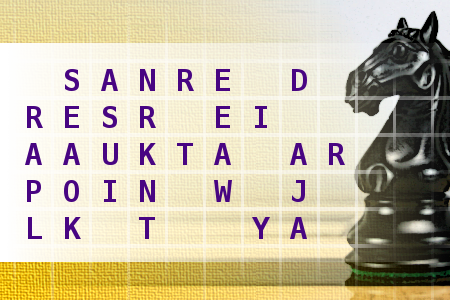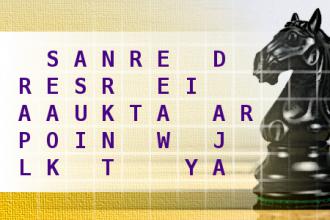Chess Knight Move
Find the country and its capital city, using the move of a chess knight. First letter is S. Length of words in solution: 3,5,3,15,5.Correct answers: 40
The first user who solved this task is Djordje Timotijevic.
#brainteasers #wordpuzzles #chessknightmove

Long lines everywhere
There was a guy in high school that landed a date with the hottest girl in class for the prom.
First, he went to pick out a suit, and had to wait in a huge line.
Then he went and picked out flowers, and waited in a huge line.
Even when he called around for limo's, he had to wait in hold lines for all of them.
Getting ready for after the prom, there was even a long line at the pharmacy.
Finally the big night arrives and he takes his dance to the prom. When they get there, he asks his date if she wants him to get drink and she says yes.
Much to his surprise, there was no punch line.
First, he went to pick out a suit, and had to wait in a huge line.
Then he went and picked out flowers, and waited in a huge line.
Even when he called around for limo's, he had to wait in hold lines for all of them.
Getting ready for after the prom, there was even a long line at the pharmacy.
Finally the big night arrives and he takes his dance to the prom. When they get there, he asks his date if she wants him to get drink and she says yes.
Much to his surprise, there was no punch line.

